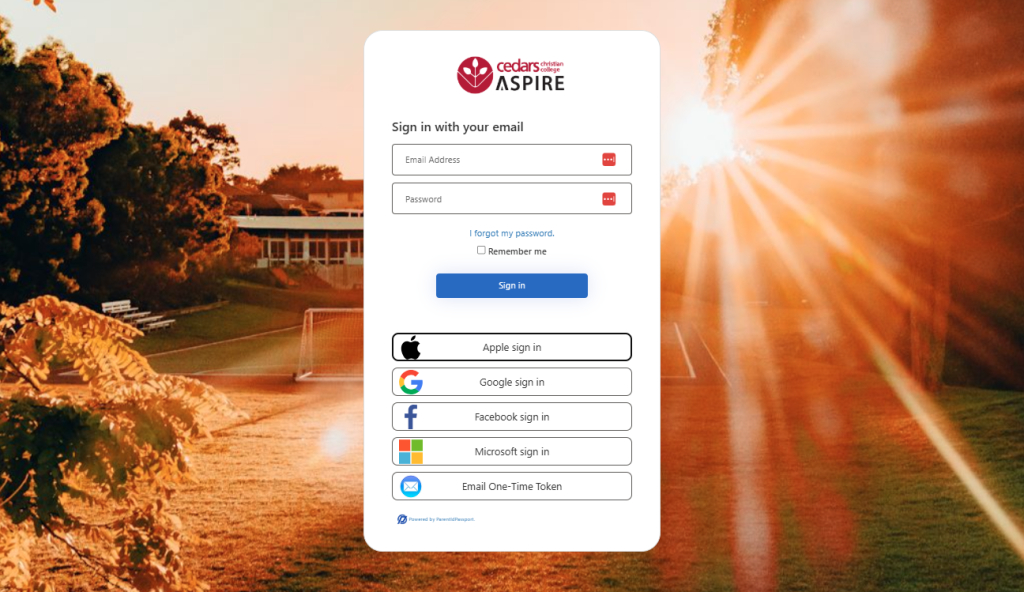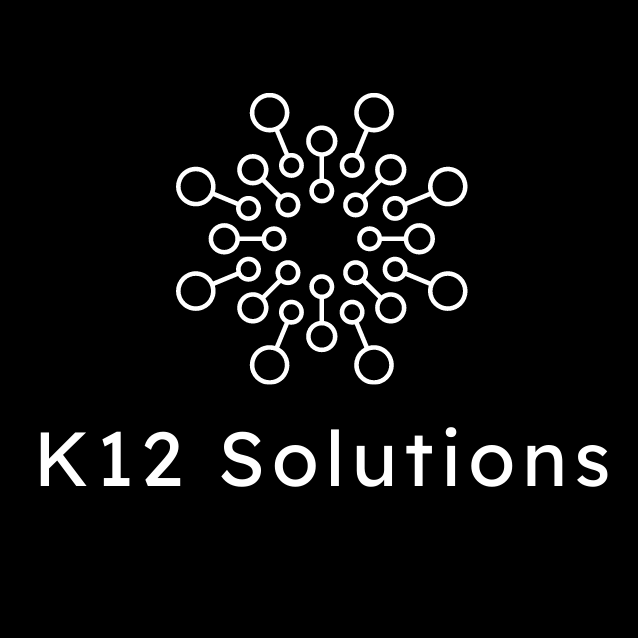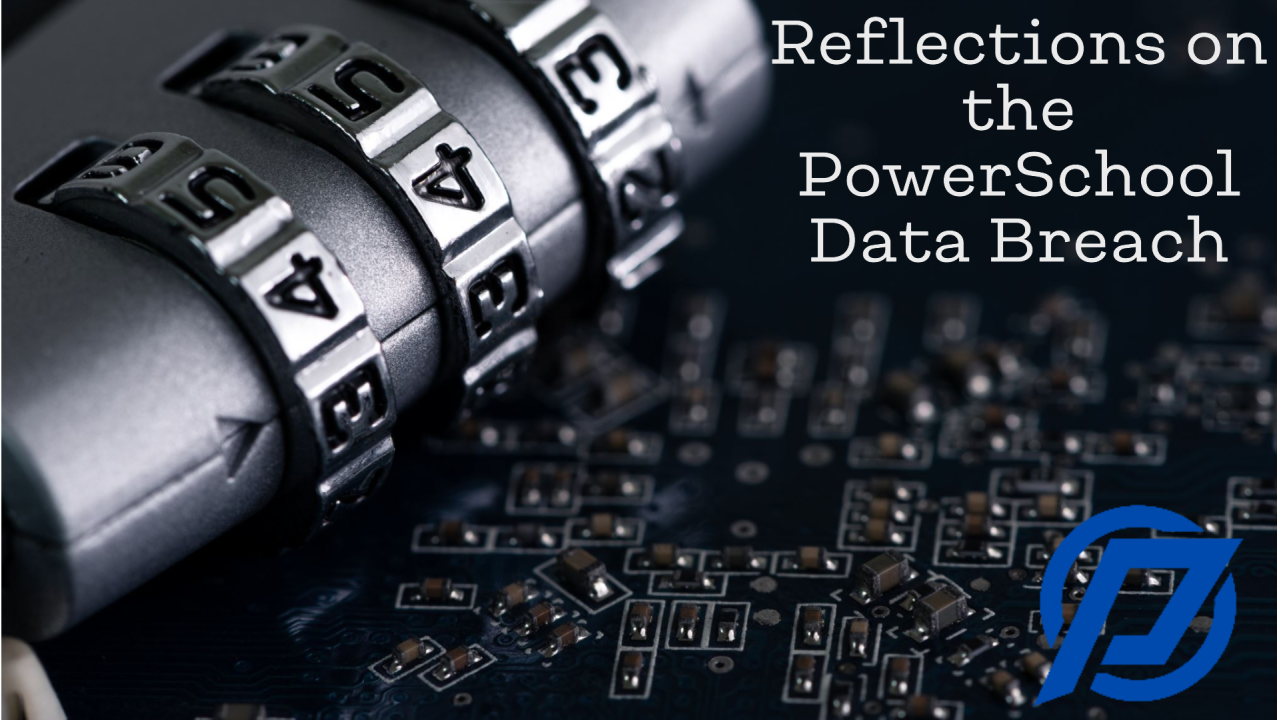The recent PowerSchool data breach, which compromised the sensitive personal information of students and teachers, is a sobering reminder of the vulnerabilities that educational institutions face. As schools increasingly rely on digital systems for student information, attendance tracking, learning analytics, and parent communication, robust security becomes not just a best practice but a necessity.
Understanding the Risks in EdTech
Educational institutions are prime targets for cyberattacks due to the wealth of personal data they manage, including names, addresses, and academic records. In this context, Student Information Systems (SIS) like PowerSchool become critical assets that demand heightened security measures.
Enhancing Security Through Single Sign-On (SSO)
Single Sign-On (SSO) is a pivotal step towards improving the security posture of SIS platforms. By enabling users to access multiple applications with one secure login, SSO mitigates risks like password fatigue and the reuse of weak credentials.
Benefits of SSO Implementation:
Securely managing access to digital systems in schools is crucial for protecting sensitive student, staff, and parent data. Single Sign-On (SSO) solutions address several key challenges while improving overall security and user experience.
With SSO, all user types (teachers, students, parents, coaches, etc) can use a single set of credentials to access various integrated systems. This not only simplifies login processes but also significantly reduces the risks associated with password-related breaches. When users only need to remember one password, they are less likely to reuse weak credentials across systems, which hackers often exploit.
Administrators can leverage SSO to enforce advanced security measures like Multi-Factor Authentication (MFA), adding an extra layer of protection to the login process. MFA requires users to verify their identity using a second factor, such as a mobile app or hardware token, making it more difficult for attackers to gain access even if credentials are compromised. Real-time monitoring of access also allows administrators to detect and respond to suspicious activity promptly, enhancing overall security.
Another benefit of SSO is automated provisioning and de-provisioning. As roles change—for example, when a staff member leaves, or a student graduates—access can be quickly updated or revoked to reflect their current status. This ensures that only authorised users retain access to systems, reducing the risk of unauthorised data exposure. Such automation streamlines processes for IT teams, freeing them to focus on other priorities. How many coaches or relief teachers that are long gone may still have access to your SIS or LMS?
By implementing SSO with additional features like MFA and automated account management, institutions not only protect sensitive data but also enhance the user experience and operational efficiency. It’s a robust solution for addressing the increasing security challenges faced by educational organisations.
Proactive Risk Management
Schools can also strengthen their cybersecurity posture by:
- Conducting regular security audits and vulnerability assessments.
- Training staff and students in recognising and mitigating phishing attempts.
- Developing and testing incident response plans to quickly address breaches when they occur.
A Call to Action for School IT Guru’s
The PowerSchool breach underlines the urgency for schools to re-evaluate their security. While no system is invulnerable, proactive measures such as implementing SSO and MFA, adhering to secure development processes, and maintaining updated systems significantly reduce risks.
For schools looking to strengthen their SIS security, taking timely action is essential. Protecting data goes beyond preventing breaches—it helps maintain trust and supports the wellbeing of the entire school community.
Leveraging your school’s existing Microsoft licensing and the secure SSO features of Entra ID is a powerful foundation for enhancing security. While Entra ID is widely regarded as the gold standard for Single Sign-On (SSO) and authentication, it can present challenges for external users, such as parents, coaches, and supply teachers, due to its design primarily for internal stakeholders.
This is where Azure B2C, combined with the Parent ID Passport system (PIPs), excels. By seamlessly integrating PIPs, schools can offer parents a vastly improved user experience tailored to their needs while maintaining and even enhancing the overall security posture. This combination ensures that both internal and external users enjoy secure and streamlined access without compromise.




Comments are closed